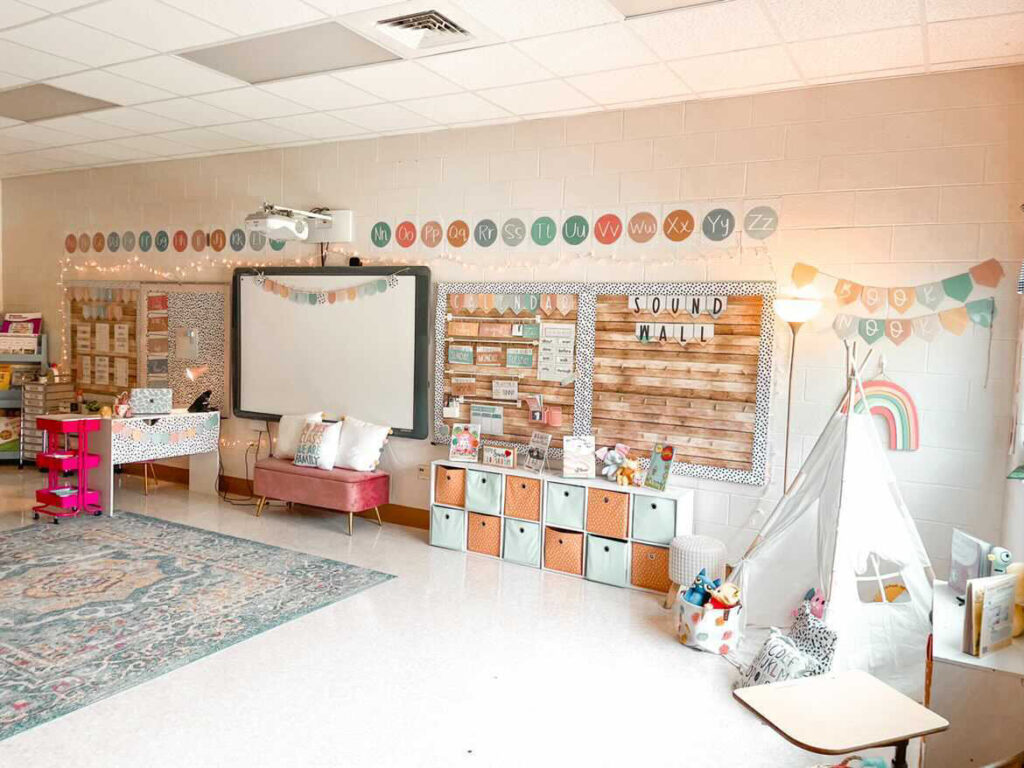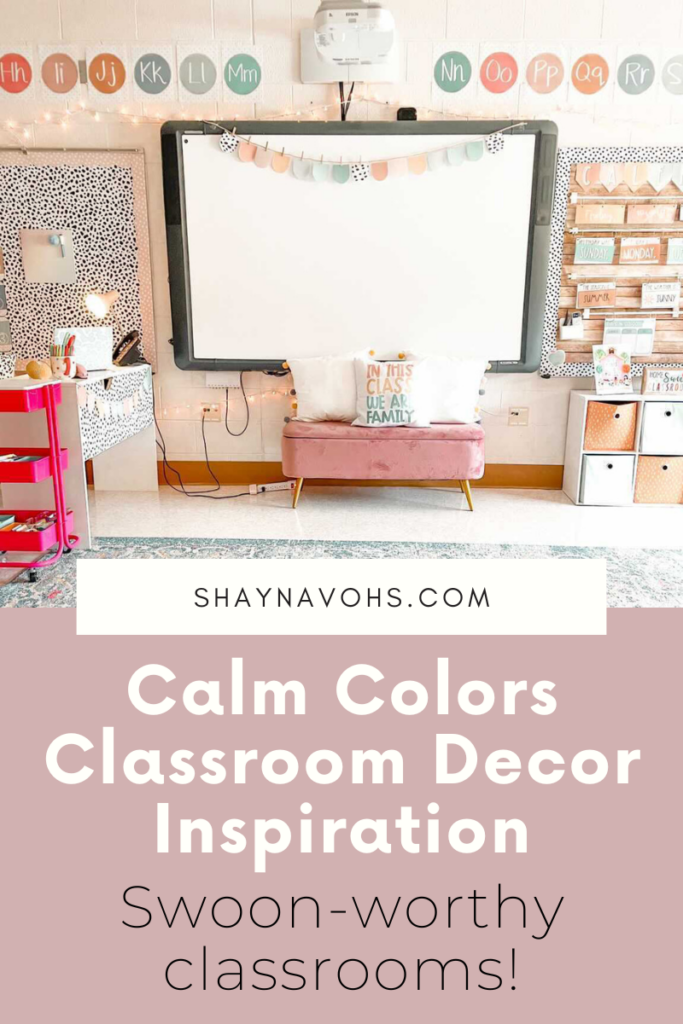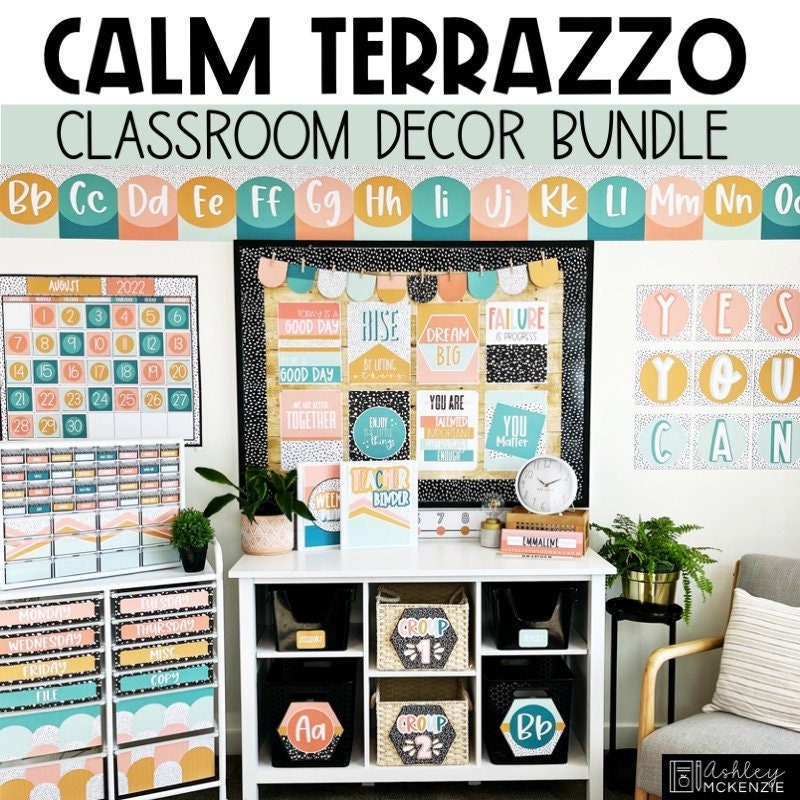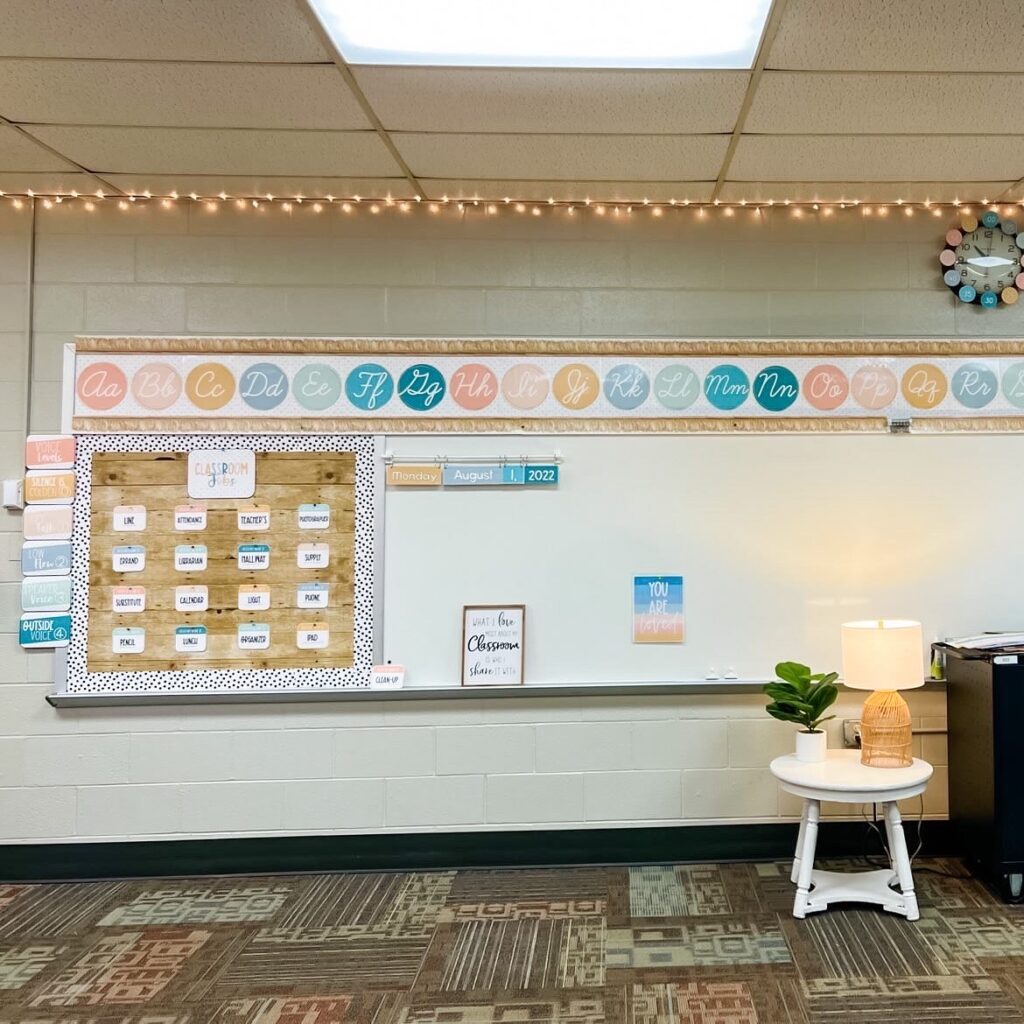As educators, we understand the profound impact that our environment has on our students’ learning experiences. In my years of teaching, I’ve found that investing in calm classroom decor not only enhances focus and productivity but also nurtures a sense of belonging and peace among students. In this article, we’ll explore a variety of strategies, ideas, and tips to create a serene classroom atmosphere that benefits everyone.
Understanding the Importance of Calm Classroom Decor
The decor of a classroom can influence a student’s mood, motivation, and overall learning. A calming environment promotes mental well-being and helps reduce anxiety levels.
Benefits of a Calm Classroom
- Improved Focus: A serene setting encourages students to concentrate better.
- Reduced Stress: A calming environment can help minimize distractions, leading to a more relaxed learning experience.
- Enhanced Creativity: A peaceful atmosphere stimulates creative thinking and problem-solving skills.
- Stronger Relationships: A welcoming environment fosters better relationships between students and teachers.
My Personal Experience
When I first started teaching, I noticed that my students were often overwhelmed, especially during exam weeks. After experimenting with various decor ideas, I discovered that small changes like adding soft lighting and nature-inspired decorations significantly improved the classroom atmosphere. The transformation was undeniable—students were calmer, more engaged, and even more eager to participate.
Key Elements of Calm Classroom Decor
Creating a calm classroom environment involves thoughtful selection of colors, materials, and layouts. Here are essential elements to consider:
Color Schemes
Colors play a critical role in setting the tone for any space.
| Color | Effect |
|---|---|
| Blue | Promotes tranquility and calmness. |
| Green | Enhances focus and reduces anxiety. |
| Soft Pastels | Creates a soothing vibe and encourages creativity. |

Natural Elements
Incorporating natural elements can significantly enhance the emotional climate of the classroom:
- Plants: Bring life into the room with easy-to-maintain plants like spider plants or succulents.
- Natural Light: Maximize sunlight exposure to elevate mood and energy levels.
- Natural Textures: Use materials like wood, linen, and cotton to soften the environment.
Furniture Arrangement
How you arrange your furniture can impact your classroom’s atmosphere:
- Flexible Seating: Consider using bean bags or floor cushions for a relaxed vibe.
- Zones: Create different areas for focused work, collaborative projects, and relaxation.
- Simplicity: Keep furniture minimalistic to avoid clutter and chaos.

Calm Classroom Decor Ideas
Implementing calm classroom decor doesn’t require a complete overhaul. Here are some practical ideas to get you started:
1. Soft Lighting
Swap out harsh fluorescent lighting for softer alternatives like lamps or string lights. This adjustment can dramatically enhance the atmosphere.

2. Inspirational Quotes
Post motivational and calming quotes on bulletin boards or walls. Choose fonts and colors that are easy on the eyes.
3. Mindfulness Corner
Create a space where students can take a moment to relax or practice mindfulness techniques. Include cushions, books on wellness, or guided meditation resources.

4. Artwork and Visuals
Curate a collection of soothing artwork, such as landscapes or abstract pieces, that promote calmness and inspiration.
5. Soundscapes
Introduce gentle background music or nature sounds. This can help minimize distractions and promote focus.

Comparison of Decor Styles
Let’s compare different types of decor styles and their impact on the classroom environment:
| Decor Style | Pros | Cons |
|---|---|---|
| Minimalist | Reduces clutter; easy to maintain. | May feel sterile; lacks warmth. |
| Bohemian | Colorful; promotes creativity. | Can be overwhelming; requires more upkeep. |
| Nature-Inspired | Soothing; promotes a connection to nature. | May require resources; more expensive. |
Tips for Implementing Calm Classroom Decor
Transforming your classroom doesn’t have to happen overnight. Here are some tips to help you implement calm classroom decor effectively:

1. Start Small
Begin by changing one aspect of your decor at a time. This could be as simple as adding a plant or changing the lighting.
2. Involve Students
Engage your students in the process of designing their learning space. Allow them to choose decor that resonates with them.

3. Regularly Update
Change decorations with the seasons or themes. This keeps the environment fresh and exciting.
4. Gather Feedback
Ask your students for their opinions on the decor. Their feedback can guide your future improvements.
Challenges in Creating a Calm Classroom
While creating a calm classroom is beneficial, some challenges may arise:
1. Budget Constraints
High-quality decor can be costly. Look for budget-friendly options like DIY projects or thrift store finds.
2. Space Limitations
Small classrooms may require more strategic arrangements. Focus on vertical space and multi-functional furniture.
3. Meeting Diverse Needs
Every student has different preferences. Aim for a balance that accommodates various comfort levels.
Frequently Asked Questions (FAQs)
What are the best colors for a calming classroom?
Soft blues and greens are ideal as they promote tranquility. Neutral shades can also work well to create a peaceful environment.
How can I involve my students in decorating the classroom?
Consider holding a brainstorming session where students can suggest decor elements they would like to see in the classroom.
What types of plants are best for classrooms?
Low-maintenance plants like snake plants and pothos are excellent choices as they thrive in varied lighting conditions.
Are there any low-budget ideas for classroom decor?
Absolutely! You can create DIY decorations, use recycled materials, or rearrange existing furniture to enhance the decor without spending much.
How often should I update classroom decor?
It’s good practice to refresh your decor with the seasons or after major breaks to keep the environment engaging for students.